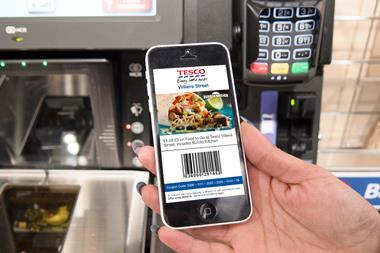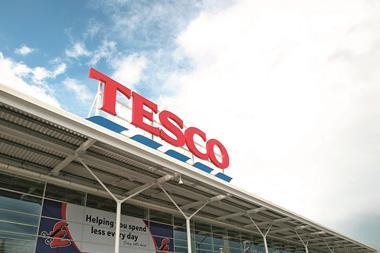Mobile couponing is becoming increasingly popular among consumers, but what can retailers do in order to make the most of it?
Recent research conducted by Honeywell has shown that mobile coupon use is on the rise. With the ever-increasing use of mobile phones for all manner of day-to-day tasks this is perhaps no surprise.
What is surprising, however, is the rate at which its use is growing. One analyst firm, solely focused on mobile, predicts that redemption of mobile coupons will reach more than 31 billion by 2019, which is a fairly significant figure.
“Retailers that see the most success from couponing are those that have a strong track record of engaging with customers”
Steve Powell, PCMS
Initially the drive to introduce couponing had come from retailers wanting to offer customers something unique and further make them stand out from competitors.
Of course, with more and more retailers now offering mobile couponing and their popularity looking to continue, the opportunity to stand out is becoming slimmer.
Therefore, retailers have to look closely at how they use mobile couponing to ensure that their growing popularity means increased return on investment (ROI).
As we see it there are a few key priorities that retailers wishing to get the maximum ROI from a mobile coupon strategy should consider.
A worthwhile offer
First of all, the value of the offer must be worth customers’ time and attention.
If a retailer is to offer a discount on a product the likelihood is they’ll want to see a spike in that product’s sales. This simply won’t happen if the discount on offer is forgettable, so pricing is an important factor to consider.

We’ve also found the retailers that see the most success from couponing are those that have a strong track record of engaging with customers prior to the coupon strategy being launched.
For true effectiveness, the mobile couponing strategy should form part of a much wider engagement plan. This ensures that customers come to view the retailer as providing good value, useful promotions on products of interest, regardless of the medium used to promote them.
Additionally, if a retailer is to see positive uptake on an offer, they must create a sense of urgency around its use.
Timing offers so that consumers actually have the space to use them is also key. As an example, it is probably beneficial to time offers with holidays or weekends so that shoppers are given enough opportunity to use them.
Creating an urgency around offers is no doubt beneficial, as long as it is done with consumer priorities in mind.
Keep it simple
Finally, the way in which a coupon is delivered is key to its ROI – simplicity is key.
“If redemption requires lots of action from the customer or too much fuss, it simply won’t be used”
Steve Powell, PCMS
If redemption requires lots of action from the customer, entry of additional data, downloading software or too much fuss, it simply won’t be used. The idea of using a mobile device to deliver a couponing opportunity is to make it usable and accessible for time-pressed consumers. They will be easily ignored if this isn’t adhered to by retailers.
It is clear from recent research that mobile couponing is becoming increasingly popular. Shoppers are better informed and more fluid in their buying habits than ever before. Therefore loyalty is hard earned.
Tying a successful mobile couponing strategy into a robust offer strategy can pay dividends if done in the right way.
Retailers that create such a strategy including the points above can see real benefit from mobile couponing and this will only increase as their popularity grows. With those benefits being increased sales, brand awareness and customer loyalty it is certainly worth taking note.
- Steve Powell is director of sales, EMEA at PCMS


























No comments yet